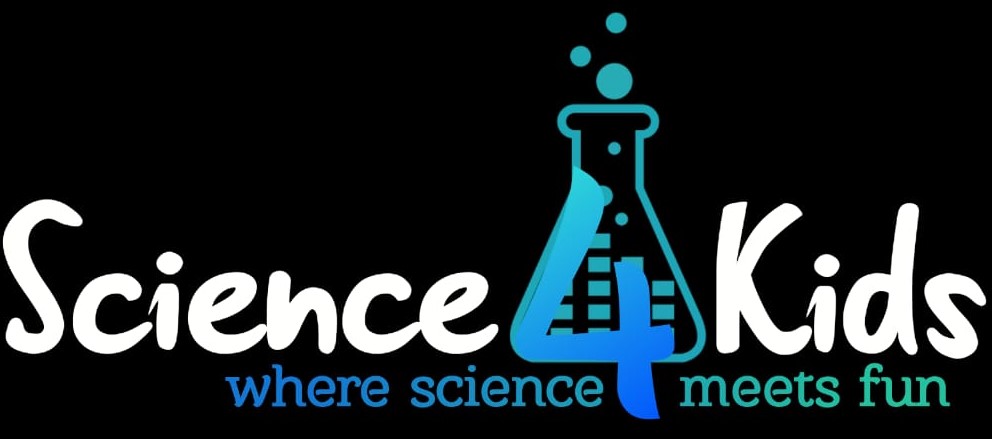It is not real lava, and it is not a real lamp. But it is fun nevertheless. It helps kids to learn some science concepts as well. This lava lamp science project does not require too many ingredients, so can be done within the comforts of home. So let us see how to make our own lava lamp.
What we need
Tall glass jar
Vegetable oil (any clear oil)
Water
Liquid food color
ENO tablets
Glow-in-the-dark pigment (optional)
Procedure
- Pour vegetable oil into the glass jar. More than half of the jar should be filled with the oil.
- Pour water into the oil. You will notice that water flows down through the oil and settles at the bottom of the jar as blobs.
- Now add the food coloring liquid to the jar. Since the food color has water content, it slips down through the layer of oil and settles with the water at the bottom.
- Now we can proceed to create our magic lava. Add ENO tablets one by one to the jar.
- ENO tablets sink to the bottom. Wait for a few seconds, and you will see the colorful lava bubbling up from the bottom of the jar. The mixture of food color and water reacts with ENO to produce carbon dioxide bubbles.
- For creating more impact, we can turn off the lights at home. Switch on a torch, and keep it next to the bubbling lava lamp. Add a pinch of glow-in-the-dark pigment for enhancing the glow.
Lava Lamp Explanation
The magical effect that we saw in this lava lamp science project can be explained with the help of a few basic science principles. Water and oil have different densities. Density, in simple terms, is the measure of how thickly packed the molecules in a substance are. Water molecules are more tightly packed than the molecules of oil.
As water is denser than oil, it will sink to the bottom of the jar. When we add food color, the same thing happens. It sinks to the bottom as well. This is because food color is water based. It is soluble in water, but not in oil. So a mixture of water and food color stays at the bottom of the jar.
When we add ENO tablets to it, this also drops to the bottom. The tablets dissolve in water. ENO tablets contain sodium bicarbonate which reacts with the water molecules at the bottom, to produce carbon dioxide. As the colored water rises to the top as bubbles, we get our magical effect.
If you are in short supply of ENO tablets, there is an alternate way to execute the lava lamp science project.
Lava Lamp Experiment with baking soda
There you go. Another easy but equally efficient way to create the magical lava lamp is to use a mixture of baking soda and vinegar.
What we need
Tall glass jar
Baking soda (sodium bicarbonate)
Vinegar
Food color
Procedure
- Add a few tablespoons of baking soda to the glass jar.
- Fill up the jar with vegetable oil leaving some space on top of the jar.
- Do not stir or mix the baking soda with oil. Allow it to remain at the bottom.
- Now mix a few drops of food color with vinegar.
- Pour this colored vinegar into the glass jar. Do it little by little and slowly.
- Watch the baking soda and vinegar react to produce the same magical colored bubbles that we got with ENO tablets.
The principles are the same in both cases, only the ingredients differ. So now you are all ready to make your own lava lamp, right? If you wish to read more about easy science projects, click here.
Here’s Something You Might Like
As a participant in the Amazon Associates Program, Science4Kids may earn from qualifying purchases.
